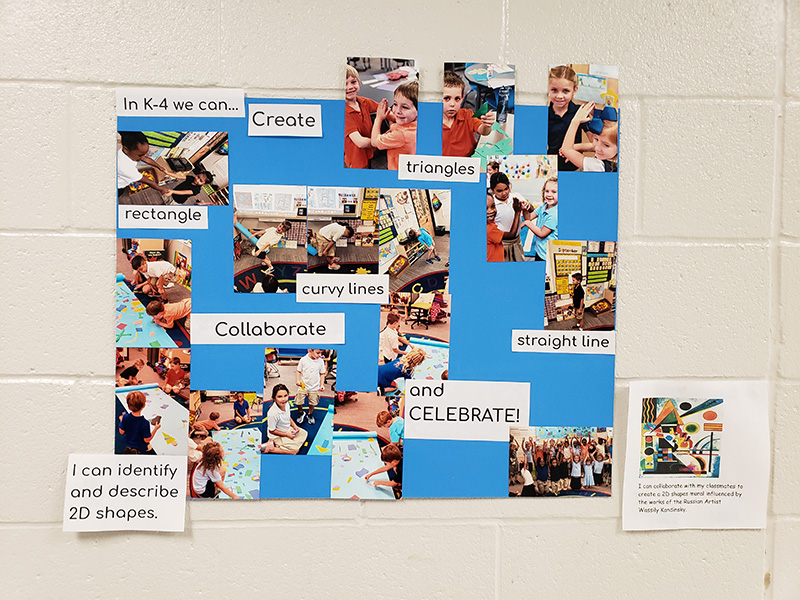Educational Magic or Arts Integration

A visitor to our school once described what they observed as "educational magic." I will tell you, however, that we have no magic potions. There are no magic wands or secret spells used by our teachers and staff. As the principal, I have no crystal ball (though I sometimes wish I did). What the visitor witnessed was the “magic” of arts integrated instruction implemented with fidelity and its extraordinary effect on student engagement and learning.
What does this “magic” look and sound like? Desks and tables are pushed out of the way to provide space for active learning. The teacher clearly connects evolving objectives in both the general subject area and the art form and moves through the room as a facilitator of learning. Questions are asked frequently to prompt further exploration of the topic at hand. Students are asking questions in response and collaborating with each other to find answers. You see smiles, exploration of arts’ materials and bodies actively moving. You hear unique explanations of learning, spells of laughter and the disappointed sighs from students when the period is over, and the experience must end for the day. The teacher closes the lesson by reviewing the objectives once more and another piece of learning evidence is added to the process board.
I can see why it may seem like "magic" to those who visit. It is everything you would want to see in any classroom: high levels of engagement, higher order thinking and questioning, making connections, visible formative assessment, students learning with passion and confidence, and more. However, building an arts-integrated model in a school that fosters this type of learning is challenging work and it takes time. The work must be intentional and well-planned with many stakeholders and key arts partners, like ArtsNow, to truly be successful. It is not a traditional approach to learning in the eyes of many who may question it. Don't let that spook you. There must be a commitment to staying the course, always learning more, and evolving in practice. When implemented with fidelity, I promise you, the results will be evident.
In future blog posts, I will share more about our school’s journey and will address the key factors involved in establishing our model:
• Establishing Stakeholder Support and Continuous Involvement: Students, Teachers, Families, Community and Arts Partners
• Arts Integrated Accountability: Long term planning, goal setting, evidence of implementation and program evaluation
• Professional Learning for Teachers and Administrators: Getting Comfortable with being Uncomfortable
• The Arts Integrated Classroom: The Student Experience
• Telling your School's Story: Harnessing the Power of Communication
My hope is that through these blog posts, I will be able to encourage more schools to adopt arts-integrated practices and foster even more support for this model. I am blessed to see this “educational magic” mesmerize students, inspire teachers, engage families, and evoke learning each day. I may never get my crystal ball, but you can bet I will continue to invest in implementing arts integration with fidelity in our school. Our students deserve it!
